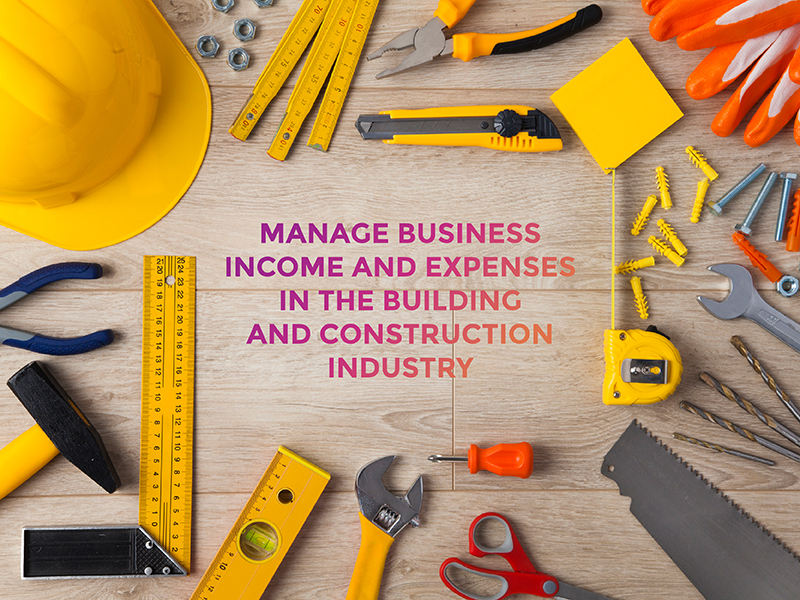Run a building & construction business? Manage business income & expenses to avoid financial stress
Do you manage a business in the building and construction industry? If so, it can be a challenge to keep track of what money is really yours and what belongs to someone else – especially the ATO.
In fact, building and construction businesses are notorious for spending the cash they receive before planning for future bills.
To avoid spending money that’s not really yours, you need a system to effectively manage business income and expenses. This will help you track how much of your income you can spend and avoid the financial stress that so many in the industry suffer.
A system to manage business income and expenses
Money that is not yours to spend
Firstly, it’s important to understand the “income” that is NOT your money and that must be paid to other parties. The main ones are:
- GST: When you are registered for GST, you collect money on behalf of the government. This is not your money; it belongs to the Australian Taxation Office. You are a collection agency for the tax office and you need to set this money aside to ensure you can pay them when your Business Activity Statement is due.
- Pay As You Go Withholding: When you employ staff, you need to pay the tax office the wages tax withheld from employee wages. This needs to be set aside and paid to the ATO by the due date – not spent.
- Superannuation: When you employ staff, superannuation guarantee needs to be paid to your employees’ superannuation funds by the due date. Paying this is not a choice; it is law. You can become personally liable for this debt if you don’t pay it by the due date.
- Income tax: Whether you operate your business through a company, trust, partnership or sole-trader structure, someone needs to pay income tax. Set aside a pre-determined amount to cover this liability, so that you don’t spend money that belongs to the tax office.
- Payroll tax: When you reach the threshold for payroll tax, you need to make sure you budget to pay this on a monthly or quarterly basis.
Managing your income so that you can pay bills on time
There are a few important strategies you can use to manage business income and expenses so that you can pay your bills on time. These include:
- Real-time reporting: Cloud-based reporting software helps you keep your data up to date and ensures your business always has current financial information available. This information can help you budget, forecast cashflow, and plan tax more effectively.
- Budgeting: Setting a budget for your businesses income and expenses will give you more control over where your money goes. Managing your budget ensures you don’t spend money owed to the Australian Taxation Office on items such as overseas travel or major home renovations. It’s always better to know what you can afford before making the decision to spend your hard-earned money.
- Cashflow forecasting: Preparing a cashflow forecast for your business provides greater transparency. You will be more aware of when additional funds need to be injected into the business. Monitoring your cashflow will ensure you have the funds set aside for upcoming payments such as income tax, business activity statements, employee superannuation, loan repayments, and outstanding bills.
FINAL TIP: Try calculating the percentage of your income that is yours to spend, so that you can set aside the money that needs to be saved for upcoming bills. If, for example, you know that 50 percent of your income is yours to keep and spend, how much easier would it be to manage bill payments?
Need further assistance with managing income and expenses? Speak to one of our advisers.

